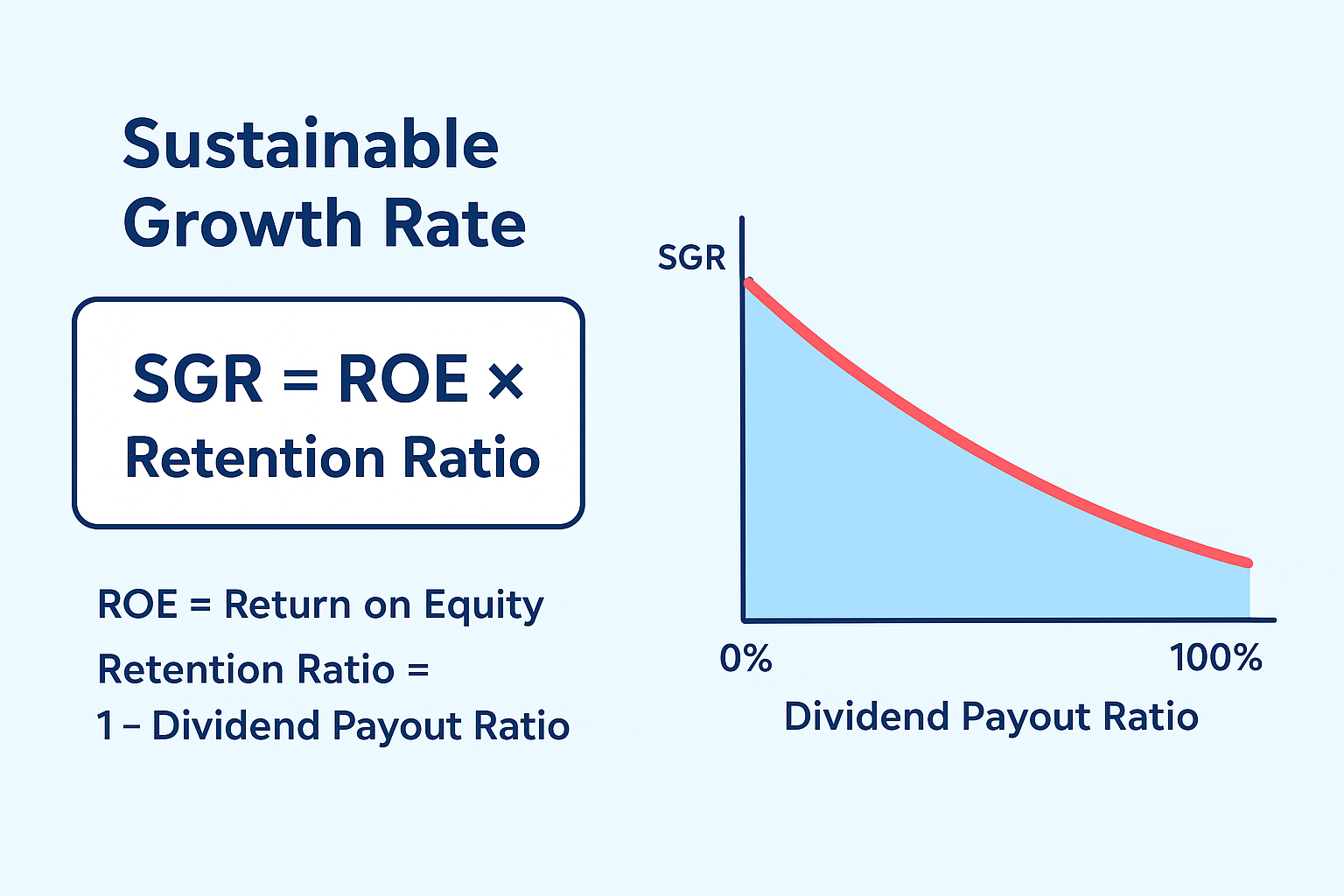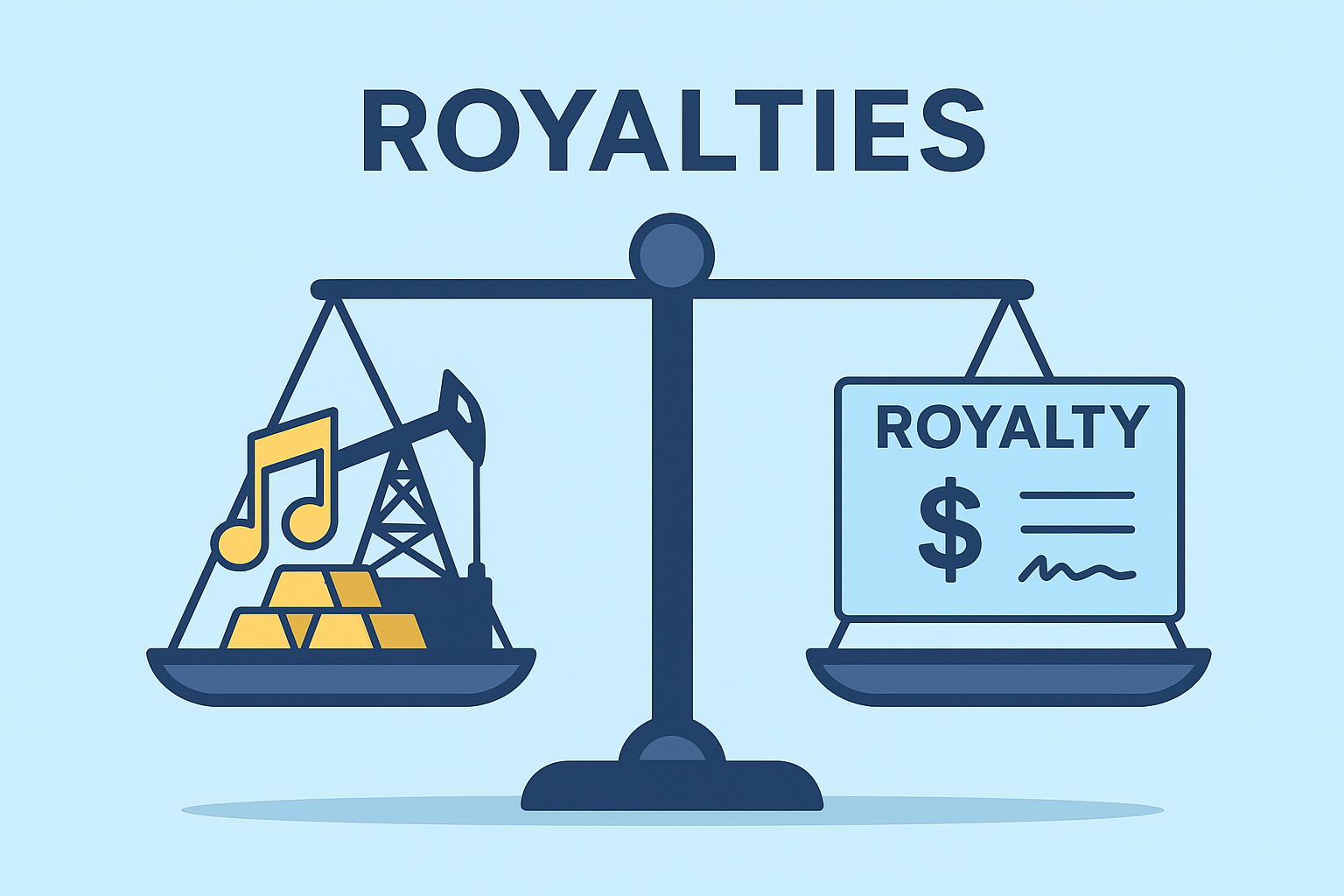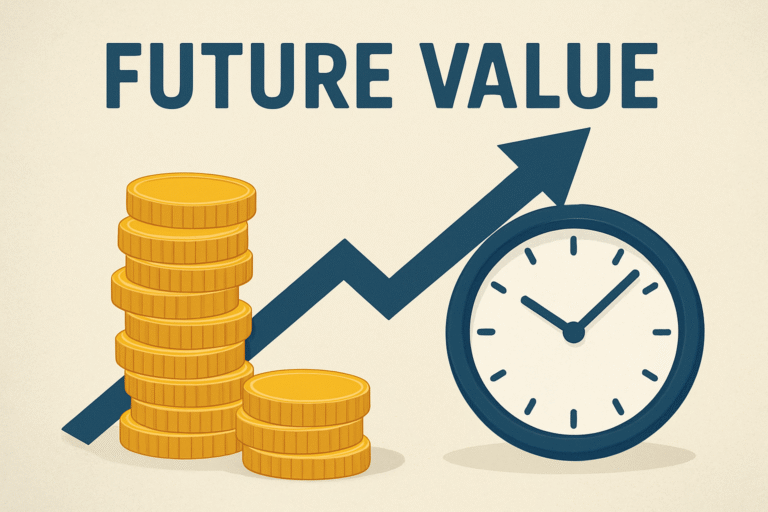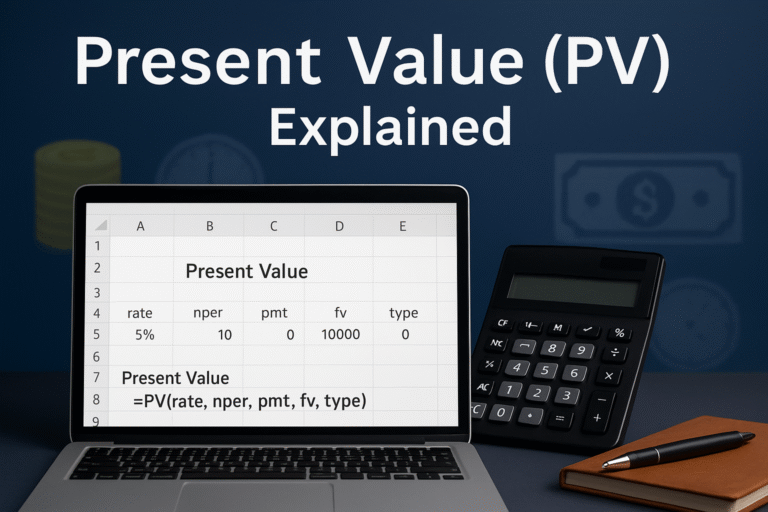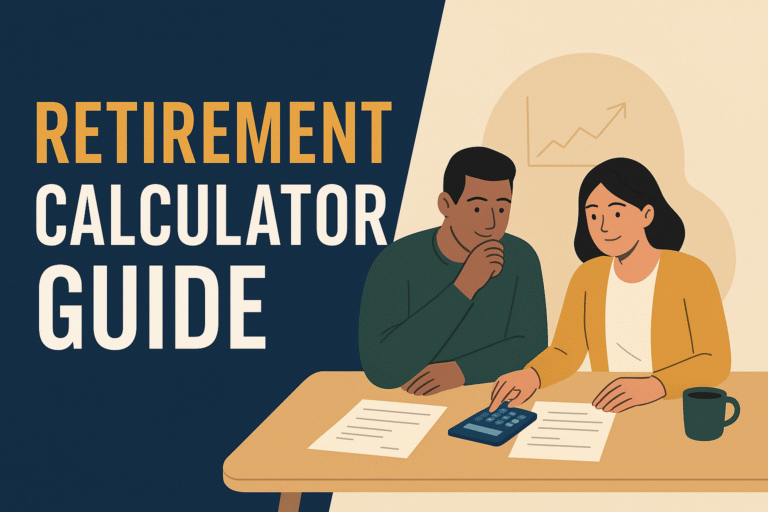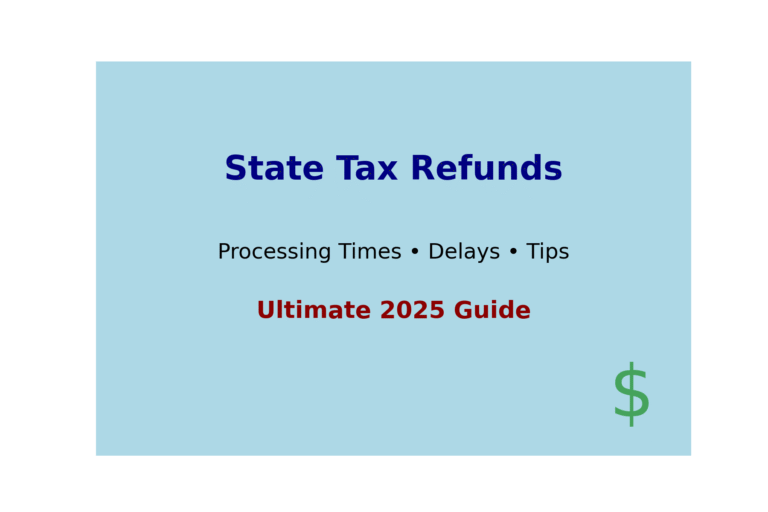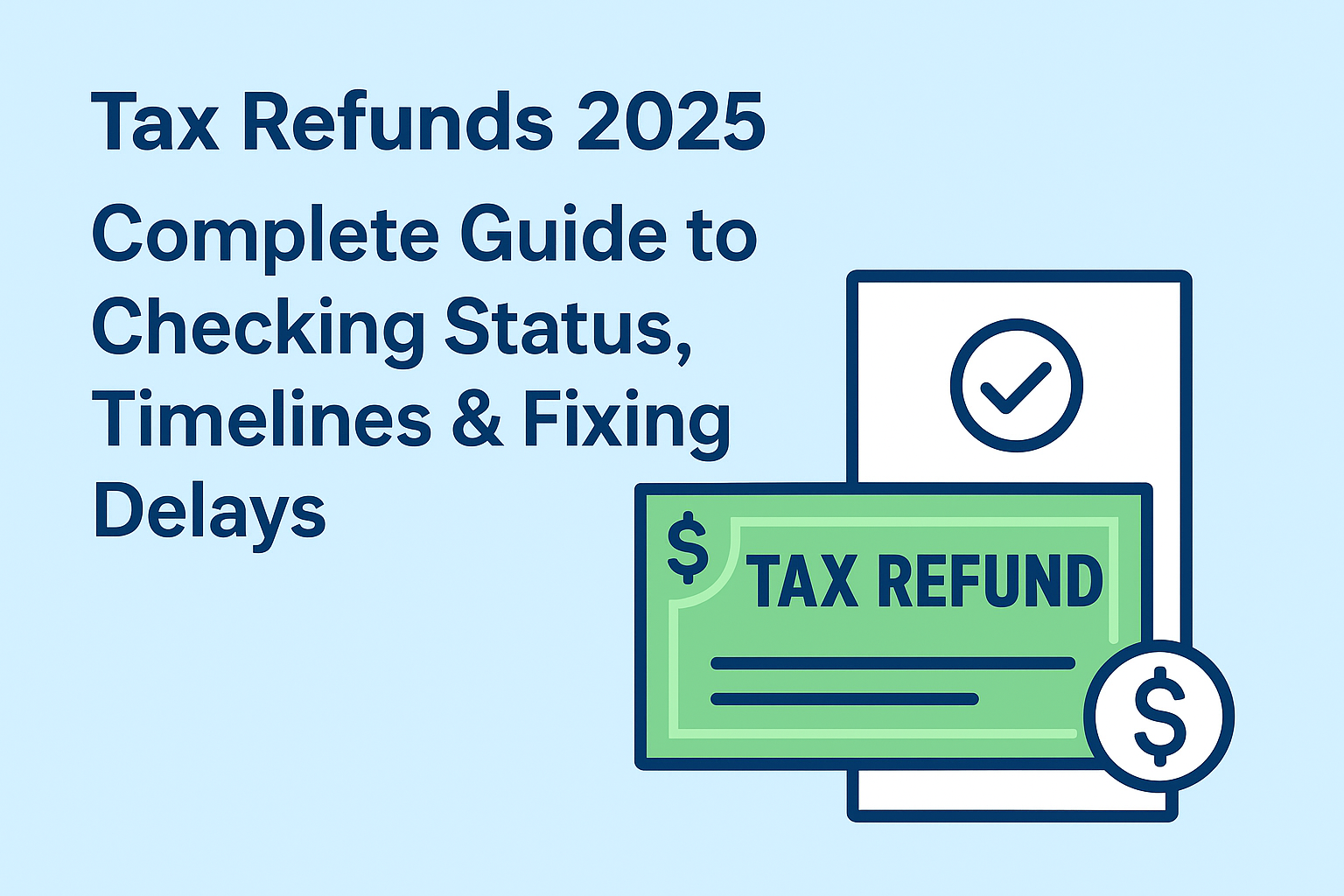The sustainable growth rate (SGR) is the maximum rate at which a company can grow its sales, earnings, and dividends without issuing new equity or changing its debt-to-equity ratio. It is calculated as ROE × (1 − Dividend Payout Ratio).”
TL;DR – Sustainable Growth Rate (SGR)
- Definition: The maximum rate at which a company can grow earnings/dividends without new equity or more debt.
- Formula: SGR = ROE × (1 − Dividend Payout Ratio)
- Why it matters: Investors use SGR to test if growth forecasts are realistic.
- Tool: Use our free Excel SGR calculator to run your own scenarios.
What Is the Sustainable Growth Rate?
The sustainable growth rate (SGR) is the maximum pace at which a company can expand sales, earnings, and dividends using only retained earnings, while keeping its debt-to-equity ratio constant.
In simple terms:
- If a firm grows faster than SGR, it must raise external financing.
- If it grows more slowly, it builds excess cash.
This makes SGR a reality check for both corporate planners and investors.
(Source: Investopedia)
Sustainable Growth Rate Formula
The widely used formula is:
SGR=ROE×(1−Dividend Payout Ratio)
Where:
- ROE = Net Income ÷ Average Shareholders’ Equity
- Dividend Payout Ratio = Dividends ÷ Net Income
- Retention Ratio = 1 − Payout Ratio
So, put simply:
SGR = ROE × Retention Ratio

Step-by-Step: How to Calculate SGR
Here’s a simple walk-through:
- Find ROE
- Example: Net income = $50M; Avg equity = $500M
- ROE = 50 ÷ 500 = 10%
- Find Dividend Payout Ratio
- Example: Dividends = $10M; Net income = $50M
- Payout = 10 ÷ 50 = 20%
- Calculate Retention Ratio
- 1 − 0.20 = 80%
- Multiply ROE × Retention Ratio
- 10% × 80% = 8%
This company can grow earnings at 8% per year without new capital.
Worked Example With Sensitivity Table
Let’s use Company A:
- Net Income: $100M
- Equity: $500M → ROE = 20%
- Dividends: $30M → Payout = 30%
- Retention = 70%
SGR = 20% × 70% = 14%
Now test payout scenarios:
| Payout Ratio | Retention | ROE | SGR |
|---|---|---|---|
| 20% | 80% | 20% | 16% |
| 30% | 70% | 20% | 14% |
| 40% | 60% | 20% | 12% |

Why Sustainable Growth Rate Matters
Investopedia emphasizes the basics, but here’s how to go deeper:
- For management, SGR sets the ceiling on growth without external financing.
- For investors — If analyst forecasts exceed SGR, it’s a red flag.
- For valuation models, SGR is often the long-term growth input in the Gordon Growth Model (Dividend Discount Model).
- For capital planning — Helps decide dividend policy vs. reinvestment.
Limitations of SGR
While Investopedia touches on this, let’s expand:
- Assumes constant leverage (debt/equity doesn’t change in reality).
- Buybacks distort equity (boost ROE → inflate SGR).
- Ignores new equity issuance (which many growth firms rely on).
- Cyclical earnings can give misleading ROE snapshots.
- Industry variations mean benchmarks matter more than single numbers.
Industry Benchmarks: Typical SGR by Sector
One way to outperform Investopedia is by providing contextual data:
| Industry | Avg ROE | Avg Payout Ratio | Approx. SGR |
|---|---|---|---|
| Utilities | 8–10% | 70–80% | 2–3% |
| Consumer Staples | 12–15% | 50–60% | 6–8% |
| Technology | 18–25% | 10–30% | 12–18% |
| Financials | 10–12% | 30–40% | 6–8% |

SGR vs Internal Growth Rate (IGR)
- Internal Growth Rate (IGR): assumes no debt financing (purely retained earnings).
- Sustainable Growth Rate (SGR): assumes constant leverage.
SGR is usually higher than IGR because leverage can boost ROE.
How Investors Use SGR in Valuation
SGR is especially useful in the Dividend Discount Model (DDM):
Value = D1 / r−g
Where g = sustainable growth rate.
Example:
- Dividend = $2/share
- Required return = 10%
- SGR = 6%
V= 2 / 0.10−0.06 = $50V
If analysts project 10% growth but SGR is 6%, the higher number is likely unsustainable.
Final Thoughts
The sustainable growth rate is a compact but powerful metric for investors and management. Use it as a sanity check against ambitious growth forecasts and always compare across industries.
Yes, if ROE is negative or the payout ratio exceeds 100%.
They reduce equity, raising ROE artificially. Adjust equity for accurate analysis.
No, SGR requires consistent profits. For startups, focus on cash burn and financing runway.
Use both. SGR shows capacity, forecasts show plans. Compare them.
IGR = no debt; SGR = constant debt/equity.

